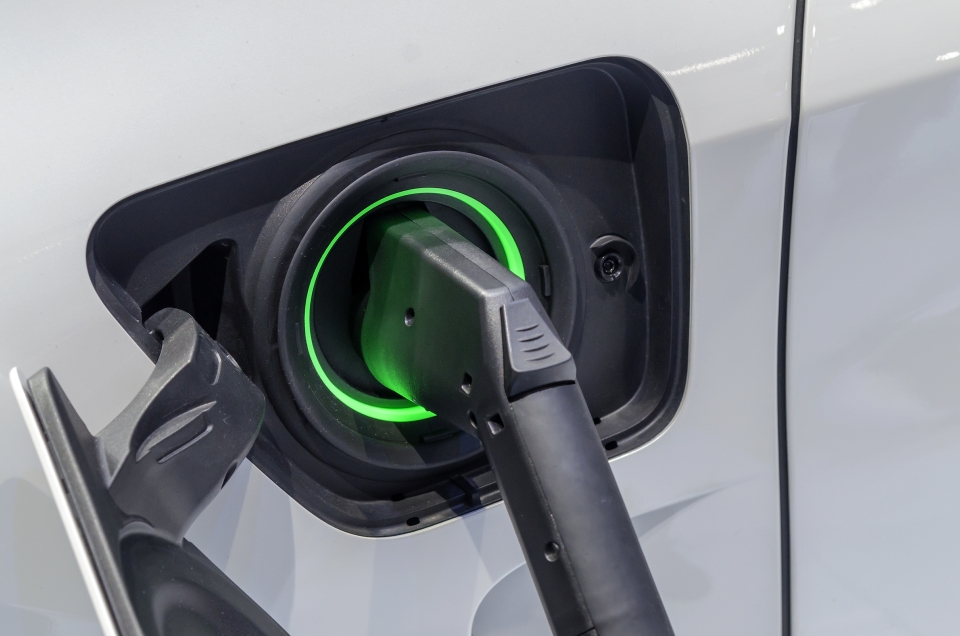Opportunities Abound: Emerging Trends Propel Automotive Aftermarket
2023/08/10 | By Andrew Hsu
The outlook for the automotive aftermarket appears promising! According to a report by The Business Research Company, market size of the aftermarket sector is projected to reach US$1237.49 billion by 2026, with a compounded annual growth rate of 10.3%. Additionally, Grand View Research forecasts the sector will witness a global compounded annual growth rate of 4.0% from 2023 to 2030. Various signs and data consistently indicate a flourishing market in the future, supported by the following summarized reasons.
Slowdown of Global Economy
In 2022, Morgan Stanley's research insights and analysis on the Global Macro Economy, titled "Even Darker Before the Dawn" (Nov. 13, 2022), state that the global economy is experiencing a rapid slowdown, and are teetering on the brink of a recession. Also, BCS-Barclays Plc further highlights that the year 2023 is anticipated to be the weakest year for the global economy in four decades.
As anticipated, in early 2023, a series of recession signals emerged, including the decline in copper prices, weakening freight rates, and the historic inversion of the yield curve. Consequently, the global economy is gradually entering a recessionary period. In response, global central banks, starting with the Federal Reserve, have begun raising interest rates to curb inflation. Consequently, loan rates are on the rise, placing a heavier burden on car buyers and forcing car owners to extend the service life of their vehicles. As a result, the average age of vehicles roaming on roads worldwide is increasing, and, in turn, market demand for repair and maintenance services is continuously increasing.
Moreover, drawing on the rise of emerging economies like China, India, Thailand, and Vietnam, auto parts manufacturers are increasingly able to provide the global aftermarket with more cost-effective products. Also on advancements in production and logistics technology, manufacturers now have the ability to efficiently deliver high-quality goods to even more distant markets.
Circular Economy in Action
According to industry news released at AMPA 2023, the recent surge in the circular economy has become a significant driving force behind the growth of the automotive aftermarket. As a result, carmakers, when designing new makes and models, have started to take modularization into consideration. This shift leads to a future where more and more automotive products are designed for easy disassembly, recycling, and reuse to comply with the fundamental principle of "maximizing resource utilization" in the circular economy: materials and products can be shared, rented, reused, repaired, refurbished, and recycled to extend their service life.

The increasing demand for EVs is also invigorating the aftermarket industry. Alongside the introduction of new maintenance, recycling, and software upgrade services for electric motors, batteries, and battery management systems, there are notable features such as simplified maintenance processes and rising component prices. Additionally, the trend for Mobility as a Service (MaaS) is leading to a surge in vehicle mileage. It is clear that more industry professionals will seize this opportunity to join this ecosystem and drive transformation through standardization and digitalization to cater to a larger customer base.
Comeback of Retro Styles
With the growing popularity of modern and stylish EVs in the market, there is also a resurgence of interest in retro styles. One notable example is the "Grandeur Heritage Series" introduced by Hyundai to pay tribute to their first flagship sedan, the Grandeur. This series maintains the original rectangular appearance of the Grandeur while incorporating a state-of-the-art electric interior system. Additionally, to celebrate 35 years of production at their Sunderland plant in the northeast of England, Nissan has commissioned a special conversion of the Nissan Bluebird – the very first car to roll off the production line at the factory in 1986. This unique conversion involves replacing the original petrol combustion engine with the latest electric drivetrain, transforming the car into an EV.
However, owing to the intricate and proprietary nature of the electrical systems in EVs, car manufacturers often refrain from disclosing detailed information about their circuit management and configuration. As a result, when individual car owners decide to modify their vehicles, they typically opt for exterior enhancements like car wrapping, wrap films, vehicle body painting, car livery, etc. Additionally, customization of wheel rims, shock absorbers, brakes, rear spoilers, body kits, and other components is also increasingly popular in the aftermarket.
Thrives Amidst Economic Challenges
Despite the challenges posed by the overall economic environment, the aftermarket in the first half of 2023 has shown promising signs, albeit still a distance away from the highly anticipated prosperous market conditions. Recent developments, such as the introduction of new products by clients, the completion of market inventory realignment in Europe and the US, increased demand for key components, and a surge in orders from branded car manufacturers and distributors, have led to the emergence of new business opportunities. All these positive trends indicate that the revitalization of the aftermarket is on the horizon.





